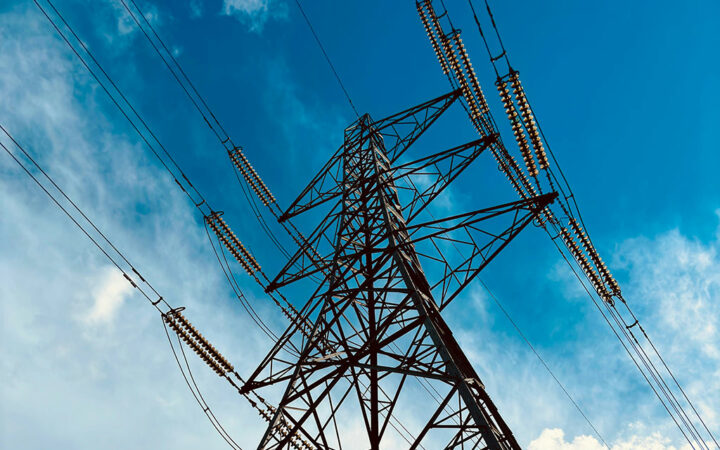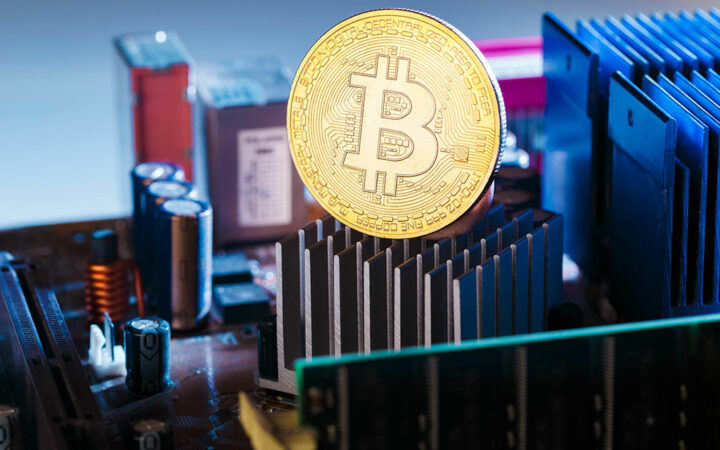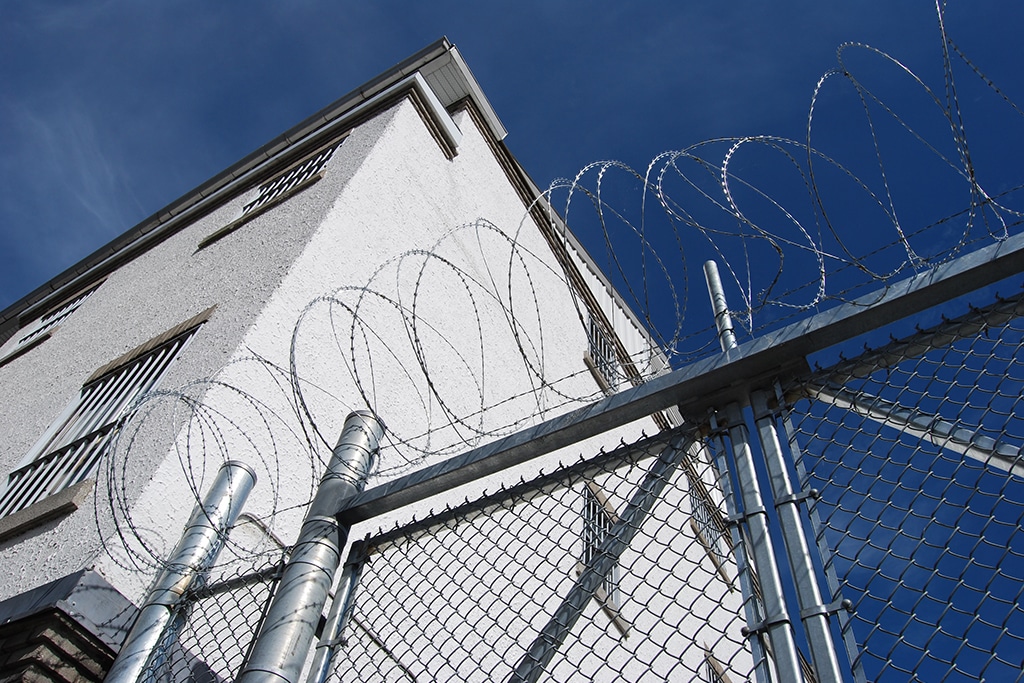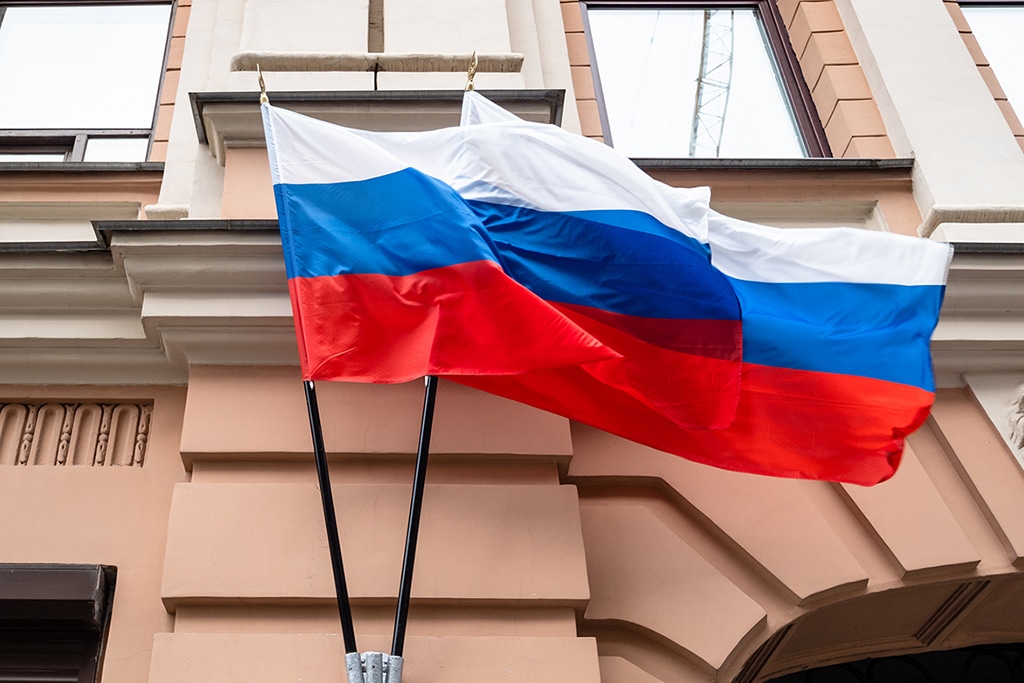
Challenges Faced by Running Mining Operations and How to Mitigate Against It
Whenever bitcoin mining is mentioned, it is normal for the mind to drift towards pickaxes, and getting oneself messed up with dirt while striking it big. Such thoughts aren’t far fetched from the actual meaning of bitcoin mining.
Cryptocurrency mining, is a process in which transactions for various forms of cryptocurrency are verified and added to the blockchain digital ledger. Each set of transactions are processed in a block. Miners secure the block by creating a hash associated with transactions in the block. This cryptographic hash is then added to the block. In verifying its legitimacy, the next block of transactions will look to the previous block’s hash.
Most major cryptocurrencies are mined. Bitcoin for instance operates under the concept of the proof of work (POW) algorithm that creates an environment where miners compete against each other to complete transactions on the network and get rewarded.
As Bitcoin continues to gain acceptance and experience widespread adoption, the bitcoin mining difficulty keeps hitting new highs. In July 2019, it printed its largest two-week increase in 12 months. Bitcoin mining difficulty is a measure of how hard it is to compete for mining rewards on the world’s first blockchain network. Based on participating mining power in each block cycle, the network architecture is engineered to adjust its mining difficulty every 2,016 blocks, this ensures that the block-time stays at 10 minutes.
Bitcoin mining is becoming increasingly popular with many players coming into the industry and existing players seems to be expanding their reach, Cointelegraph recently reported that Bitmain, a major producer of mining facilities recently launched the world’s largest Bitcoin mining facilities in Texas.
Existing Challenges Facing the Crypto Mining Industry
Despite the exponential growth in adoption rate and continuous expansion of the network, there are a handful of challenges trailing the proof of work mining concept. The chief of them is the influx of projects who lacks the capacity to deliver a sustainable mining operation, and the excessive use of energy and the heat generated in the process.
2018 saw an influx of companies projecting themselves as a revolutionary crypto mining giant who owns or control a large mining farm. However, a closer look into their activities reveals that those farms were only full of bushes if at all they exist. Usually, such projects engineer a lot of gimmicks to lure investors into investing into the project with the promise of owning a slot in the mining facilities. Majority of such project may lack the adequate business model or capacity to deliver on their promises.
On a larger scale, the issues of high-power consumption and excessive heat dissipation is fast becoming a major concern in the cryptocurrency space. A recent report estimated that mining operations are now consuming as much or more electricity than the entire nation of Denmark, in another similar findings, CBS News reported that the level of annual energy consumption by Bitcoin mining was higher than 159 countries combined.
Needless to say, that this level of energy consumption impacts the environment negatively. In like manner, excess heating reduces mining efficiency. A lot of resources have been dedicated in research and development in a move to mitigate against these difficulties.
A blockchain company, Burency, says:
“With the right approach, a sustainable environmentally friendly mining activities can be attained.”
How Burency is Mitigating Against These Challenges
Burency has positioned itself in the Middle East as a major player in the blockchain industry. The company has been involved in various business activities relating to blockchain and cryptocurrency including the Burency exchange. With a thoroughly tested prototype and efficient working algorithm; Burency Mining is launching as a fully regulated mining entity which is to be licensed in Sweden and Georgia.
Burency mining infrastructure runs on a hydroelectric – being a clean renewable energy, there is an advantage of considerable heat reduction and cost savings, both for the company and for investors who are looking at buying a computational slot or owning a mining facility within Burency. The cold climate associated with the chosen location – Sweden and Georgia, will serve as a natural heat dissipator for the Burency Mining facilities.
In addition, investors have the option of investing in Burency Mining Solutions through the direct exchange of cryptocurrency or renting a timeshare computational slot. In return, investors earn some interest which is paid directly into the users account. This is a good way to maximize return and earn some passive income while leveraging on Burency Mining technology.
The Burency whitepaper hinted that further R&D is ongoing in the light of a possible move to proof of stake (POS) mining in the future. Even though both proof of work and proof of stake mining approach both have their share of pros and cons, however, proof of stake consumes less energy and as proven to be more cost effective.
Disclaimer: This publication is sponsored. Coinspeaker does not endorse or assume responsibility for the content, accuracy, quality, advertising, products, or other materials on this web page. Readers are advised to conduct their own research before engaging with any company mentioned. Please note that the featured information is not intended as, and shall not be understood or construed as legal, tax, investment, financial, or other advice. Nothing contained on this web page constitutes a solicitation, recommendation, endorsement, or offer by Coinspeaker or any third party service provider to buy or sell any cryptoassets or other financial instruments. Crypto assets are a high-risk investment. You should consider whether you understand the possibility of losing money due to leverage. None of the material should be considered as investment advice. Coinspeaker shall not be held liable, directly or indirectly, for any damages or losses arising from the use or reliance on any content, goods, or services featured on this web page.




